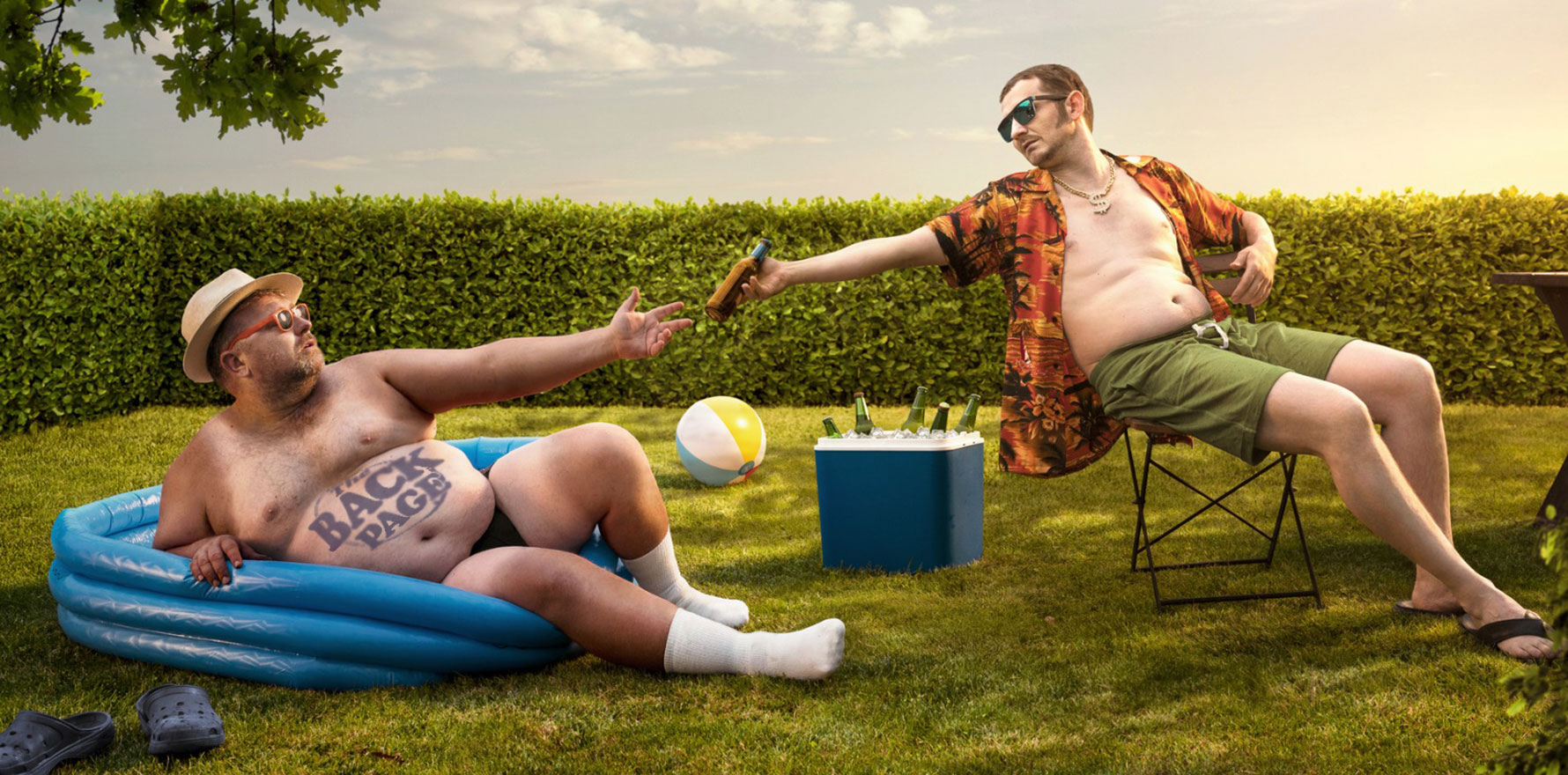If you want to prime people to make better food and drink choices, subtlety is not your best strategy.
It’s easy to flog products by slipping them into the hands of an Insta influencer.
But if you sneaked a healthy food item into the background, would the punter register it? Could the platform even be used to get people to choose healthy beverages over sugary drinks?
The “nudge” strategy does have some credibility, and PhD candidate Enola Kay from Flinders University’s college of education, psychology and social work set out to find an answer. The research was published recently in the journal, Appetite.
“Placing healthy foods at checkout counters or rearranging supermarket shelves to make healthier foods more prominent has been found to increase healthy food purchases in some studies,” said Ms Kay.
“The unhealthy options remain available, but the healthier options are more obvious and easier to access, therefore being more likely to be chosen.”
Ms Kay’s team set up two experiments to test whether three sets of Instagram images were effective in nudging drink choices from a visual food and drinks display.
Participants aged 18 to 25 were randomly assigned to look at a series of Instagram advertising images for technology, travel and homeware products.
The first set included a subtly placed glass of water; the second had some cola sneaking into the frame; and the control group’s images were sans beverage.
After viewing these so-called “priming” images, participants then selected an item from a visual display offering up snack foods and drinks.
In Experiment 1, beverages were only subtly incorporated into the priming images, but in Experiment 2, they were made more prominent.
Priming condition did not predict choice in Experiment 1, according to the researchers, but it did in Experiment 2, where participants in the soft drink prime condition were significantly more likely to select a drink versus a food, compared to those in the water prime and control conditions. The water prime did not predict choice in either study.
A greater percentage of participants noticed the beverage primes in Experiment 2 than in Experiment 1.
The researchers concluded that placing healthy drink images into the background of Instagram photos is not an effective way to nudge positive consumption behaviours. When they made the drinks clearer and a little more obvious, they found that incorporating soft drink images into the background of Instagram images can nudge drink choices over food choices.
But incorporating healthy water images still had little effect.
Someone’s regular behaviour and choices may also play a role. After all, if you’re a card-carrying Coke drinker, you’re not going over to the Pepsi dark side.
“Food and drink choices are clearly habitual in nature, with participants in both experiments more likely to choose something they regularly consume and like,” Ms Kay said. “So, nudging healthier drink and food choices may be made difficult by the need to override the habitual nature of dietary choices.”
Does someone have you under their influence? Tell penny@medicalrepublic.com.au.


